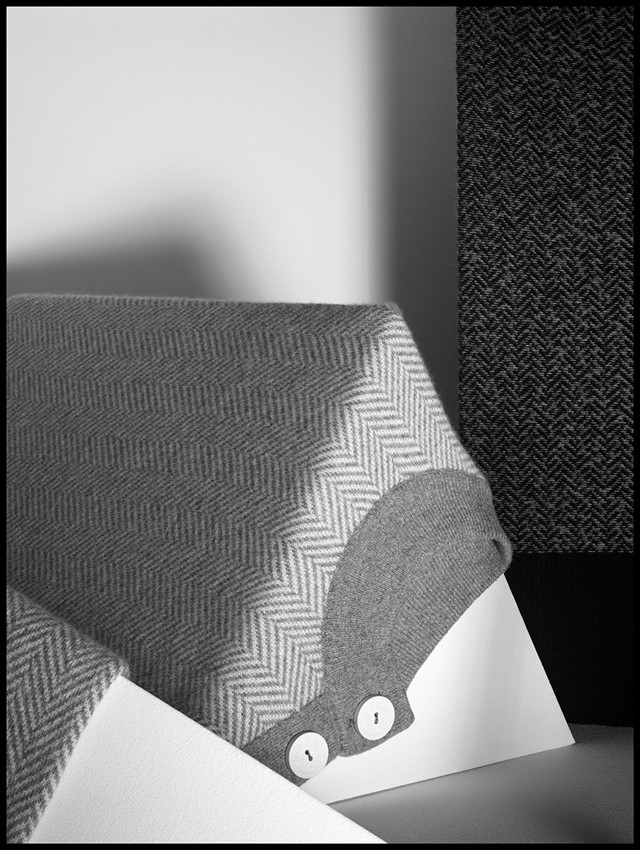Two hundred years of magisterial knitwear have inspired the Pringle of Scotland collection, created in honour of Princess Grace of Monaco
An archive is an invaluable asset for any fashion house. A rich seam of inspiration for a new designer taking over the helm, it allows a measured way of acknowledging the past, and a means of moving forward. For Pringle of Scotland, one of Britain's treasured heritage brands, the creation of an archive marked a pivotal moment in their history, the comprehensive assessment of nearly two hundred years of production and creativity through donations from the people who had designed, crafted and worn Pringle over the years.
"Pringle is an important part of local history and the people hold it dear in their hearts" — Allan Godfrey
The company was founded in 1815 by Robert Pringle in Hawick, a town in the Scottish Borders distinctive for its sandstone buildings where Pringle continued to create their products until the summer of 2008. Inevitably, two centuries of production have seen changes in the company, factory moves and much upheaval, leaving the vast and varied history of the brand in danger of being eroded by time. To allay this, Pringle – under the guidance of the late and much beloved Louise Wilson, head of the MA course at Central Saint Martins – decided that it would call upon locals and fans of the brand to help them establish an archive that would piece together the chronology of nearly 200 years of knitwear design.
In July, 2010, The Day of Record saw hundreds of people who had worked or had a connection to Pringle visit the historic mill in Hawick, bringing with them treasured garments, photographs and stories. Donators included Wallace Shaw, a designer from the 1960s-70s, managing directors from the 50s and 60s, and those who had inherited garments from family members. One of the biggest donations came from Mrs Douglas, a Hawick local still living in the town, who had been a Pringle House model in the 1960s. She donated 121 garments from the 60s and 70s including stone knit long johns, cashmere cardigans and a wool jumpsuit.

Pringle of Scotland, always on the vanguard of technical innovation in knitwear, pioneered its use as outerwear, the signature argyle pattern and classic twinsets. "Many of the garments donated were from the 50s and 60s, yet there were a few early examples of early underwear designs," recalls Allan Godfrey, a Pringle designer who has worked with the company for over 30 years and is the third generation of workers in his family (his father worked for 50 years). "Pringle is an important part of local history and the people hold it dear in their hearts. People were very generous with their time and belongings in order to help us build up an archive. Our design team use the archive a lot."
"The garments that stand out to me are the ones that carry some sort of beading or hand embroidered or sequinned detail from the 50s and 60s," says Godfrey. "Another interesting aspect is the necklines, many of them are knitted by hand and incorporate special sewing techniques. A lot of these are quite prominent in the Princess Grace Archive collection." This collection is a wonderful amalgamation of the Hollywood chic epitomised by Princess Grace and the many stylistic flourishes perfected by Pringle over their two centuries of production, and was implemented in 2013 by the BA students at Central Saint Martins under the guidance of Alistair O'Neill.
Here, AnOther has selected its favourite garments from the colllection inspired by the Pringle archive, including the Herringbone Jacquard Sweater and the Sweetheart Round Neck, and commissioned an exclusive set of still lives by Kate Jackling.
Shop the Princess Grace Archive Collection by Pringle here.
AnOther Recommends Pringle's newly re-launched digital magazine, Bulletin. The Bulletin was originally issued as a regular print magazine for factory workers and all staff at Pringle’s Scottish headquarters in Hawick during the 1950s and 60s.
Text by Laura Bradley


